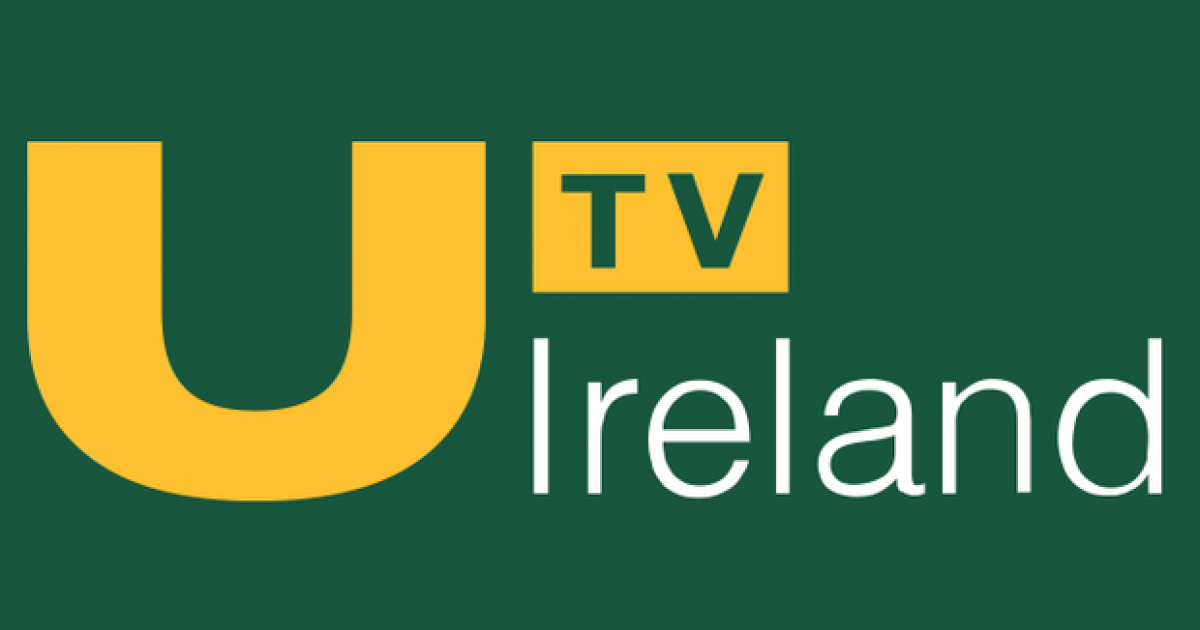In the realm of project management, the choice of tools can make or break the success of your endeavor. Whether you’re embarking on a software development project, planning an event, or organizing a marketing campaign, selecting the appropriate tools is paramount. The right tools not only streamline workflows but also enhance collaboration, productivity, and ultimately, the outcome of your project. Enter ToolFix – your guide to navigating the vast landscape of project management tools and selecting the perfect ones for your specific needs.
Understanding Your Project Requirements
Before diving into the sea of project management tools, it’s crucial to gain a comprehensive understanding of your project’s requirements. What are your objectives? What tasks need to be accomplished? Who are the stakeholders involved? By clarifying these aspects, you’ll be better equipped to identify the functionalities and features your tools must possess.
Define Key Features
Once you’ve outlined your project’s requirements, it’s time to define the key features your tools should offer. Some common features to consider include:
- Task Management: Efficient task assignment, tracking, and prioritization are fundamental to project success.
- Collaboration: Seamless communication and collaboration tools facilitate teamwork and knowledge sharing among team members.
- File Sharing: Easy sharing and access to project-related documents and files streamline workflows and ensure everyone has the necessary resources.
- Scheduling and Calendar Integration: Keeping track of deadlines, milestones, and meetings is essential for staying organized and on track.
- Reporting and Analytics: Robust reporting capabilities provide insights into project progress, enabling informed decision-making.
- Customization: The ability to tailor the tool to your project’s specific needs enhances its effectiveness and adaptability.
Consider Your Team’s Preferences and Skills
Your team members are the ones who will be using these tools day in and day out. Therefore, it’s crucial to consider their preferences, skills, and familiarity with various tools. Conduct surveys or meetings to gather input from team members regarding their tool preferences and any specific features they deem essential. Additionally, assess your team’s technological proficiency and choose tools that align with their skill levels to minimize learning curves and maximize productivity.
Evaluate Scalability and Integration Capabilities
As your project progresses, its requirements may evolve, and your toolset should be able to scale accordingly. Ensure that the tools you choose can accommodate future growth and additional functionalities without causing disruptions. Moreover, consider the integration capabilities of the tools. Seamless integration with other applications and platforms enhances interoperability and streamlines workflows by eliminating the need for manual data entry and duplicate efforts.
Budget Considerations
While it’s tempting to opt for feature-rich, premium tools, it’s essential to consider your budgetary constraints. Conduct a cost-benefit analysis to determine the ROI of each tool and prioritize those that offer the most value within your budget. Keep in mind that some tools may offer flexible pricing plans or free versions with limited features, which can be suitable for smaller projects or teams with tight budgets.
Trial and Testing
Before committing to any tool, it’s advisable to take advantage of free trials or demos to assess their suitability for your project. Involve key stakeholders and team members in the testing process to gather feedback and evaluate the tool’s usability, performance, and compatibility with your project requirements. Pay attention to factors such as user interface intuitiveness, response times, customer support, and overall user experience.
Seek Recommendations and Reviews
Harness the power of peer recommendations and reviews to inform your decision-making process. Reach out to colleagues, industry peers, or online communities for insights and recommendations based on their experiences with different project management tools. Additionally, explore online reviews and ratings on reputable platforms to gain a better understanding of the pros and cons of each tool from real users.
Final Thoughts
Choosing the right tools for your project is a critical decision that requires careful consideration of various factors, including your project’s requirements, team preferences, scalability, budget, and user feedback. By following the guidelines outlined in ToolFix, you can navigate the vast array of project management tools with confidence and select the ones that best align with your needs, ultimately setting the stage for project success. Remember, the right tools aren’t just a means to an end – they’re your partners in achieving your project goals.

Recent Comments